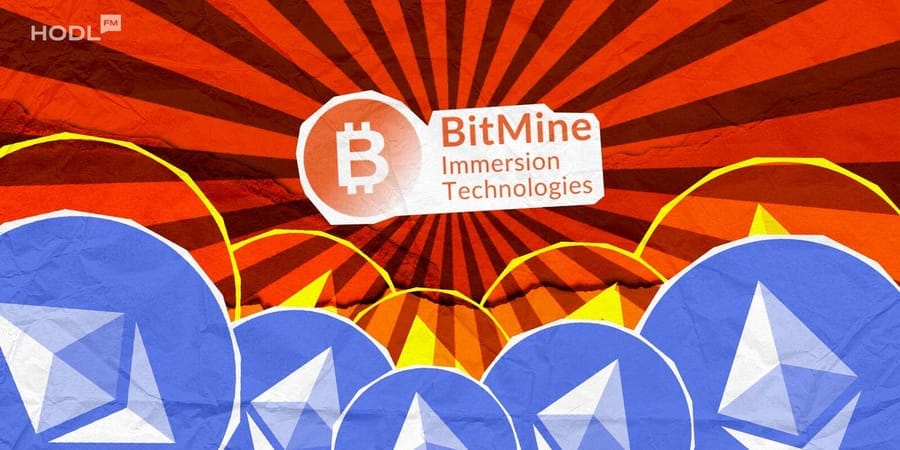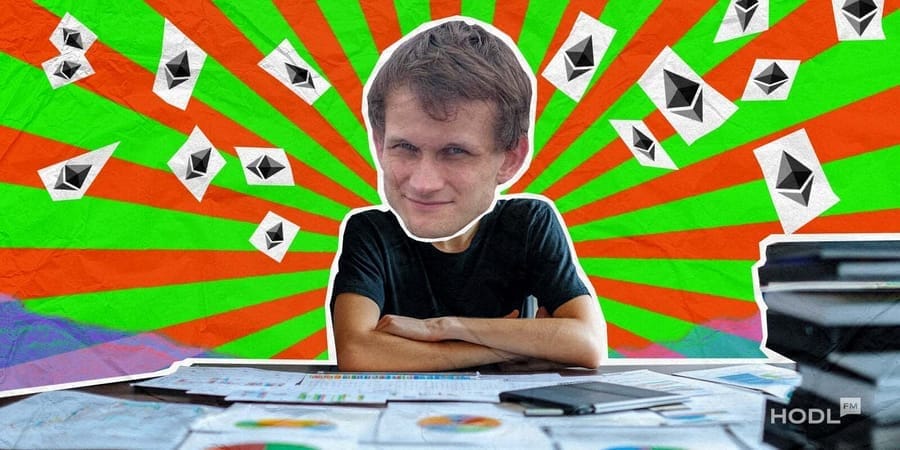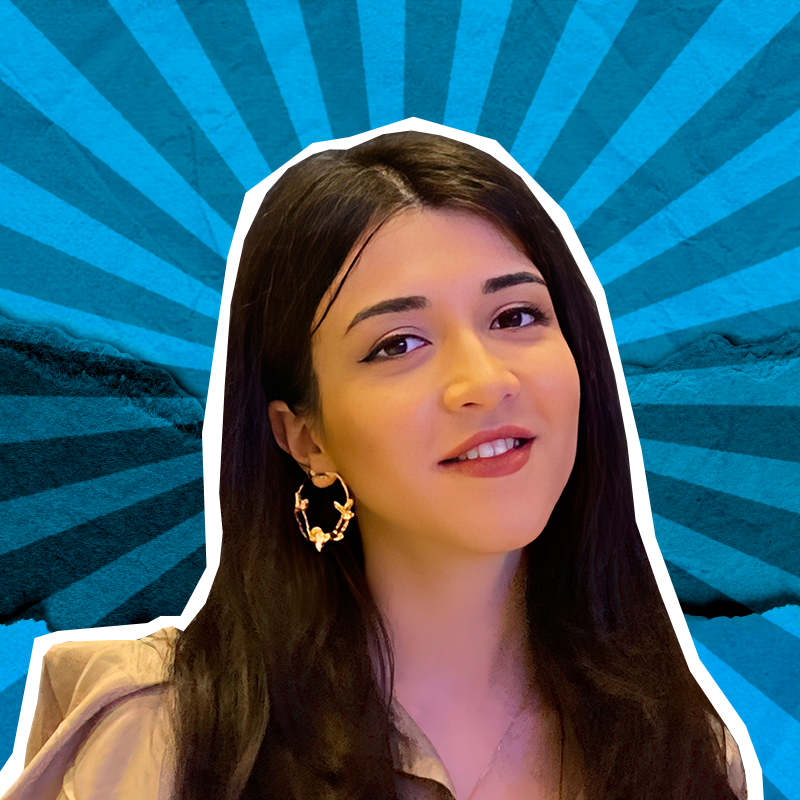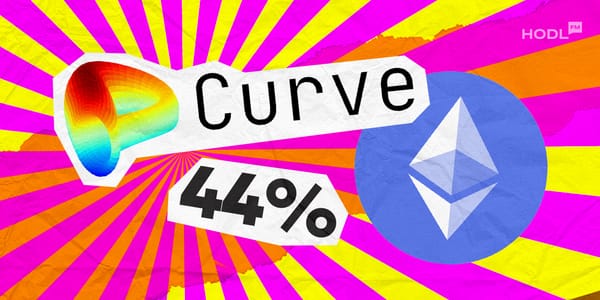Ethereum co-founder Vitalik Buterin has unveiled the Goldwasser–Kalai–Rothblum (GKR) protocol, new cryptographic proof system designed to make zero-knowledge (ZK) computations faster, cheaper, and more scalable. Published on his personal blog vitalik.eth.limo on Oct. 19 the post, titled “A GKR Tutorial,” introduces one of the most efficient proof aggregation frameworks yet proposed for blockchain verification.
A GKR tutorial:https://t.co/Oo7jraC4sy
— vitalik.eth (@VitalikButerin) October 20, 2025
GKR protocol and the future of proof efficiency
The GKR protocol is built to verify large-scale computations while dramatically reducing on-chain overhead. Unlike conventional ZK-SNARKs or STARKs, which require making “commitments” at every step of the proof, GKR skips intermediate commitments entirely. This approach allows Ethereum and other blockchains to handle verification in logarithmic time, cutting down both costs and processing power.
Buterin credits Lev Soukhanov, Zhenfei Zhang, and Zachary Williamson for their contributions and feedback, highlighting GKR’s scalability advantages. The protocol is particularly suited for proving large hash computations and computations that mirror neural network workflows, bridging blockchain and artificial intelligence applications.
Although the GKR protocol itself doesn’t inherently provide privacy, it can be embedded within ZK-SNARK or STARK systems to achieve both succinctness and confidentiality. This flexibility opens new pathways for high-throughput blockchain proof systems without compromising security.
How GKR works under the hood
GKR works by performing recursive proof aggregation through a series of sumchecks, a method that simplifies complex computations into smaller, randomly evaluated components. In practical terms, GKR allows verifiers to check large computations by verifying only a few succinct mathematical proofs.
Buterin’s tutorial uses the Poseidon2 hash function as an example of how the system deals with repetitive, layer-based calculations. Instead of processing every step sequentially, GKR turns the computations backward, repeatedly reducing them into smaller “proof obligations” until the verifier matches final outputs with known inputs.
Sumchecks serve as GKR’s backbone, turning multi-variable equations into stepwise checks that require minimal communication between the prover and the verifier. Through recursion, the verifier confirms computational integrity without needing all intermediate data, making GKR far more lightweight than current approaches.
A key piece in Ethereum’s evolution
According to Buterin, GKR is part of Ethereum’s broader transition toward a “Lean Ethereum”, a simplified, quantum-resistant, and highly modular network design. The protocol could play an important role in Ethereum’s proof aggregation for rollups, as well as in supporting ZK-based scalability and faster transaction finality.
This development follows several areas of research Buterin has recently focused on, including cross-layer interoperability, stateless clients that reduce node storage needs, and ZK-enabled governance systems. Together, these form a cohesive roadmap for a more efficient and privacy-preserving Ethereum.
The GKR release also aligns with Ethereum’s ongoing efforts to optimize layer‑2 networks. By reducing the computational cost of verifying transactions, GKR could allow Ethereum validators and developers to perform advanced cryptographic operations on consumer-grade hardware, laptops or mid-range GPUs, without the need for specialized equipment.
Performance and impact on cryptography
In his analysis, Buterin demonstrated that GKR can achieve 15x lower theoretical overhead than comparable STARK-based systems, and even better in practice when optimized. By avoiding intermediate hashing and commitment steps, GKR cuts down the cost of computing proofs of large datasets, such as millions of Poseidon hashes or matrix multiplications common to machine-learning inference tasks.
Developers could apply GKR to a wide range of blockchain and AI workloads, including neural network verification, token computations, and data integrity proofs. Because it naturally scales with batch processing, its potential efficiency gains grow with larger and denser computations.
In a related X post, Buterin noted the importance of transparency when reporting cryptographic overheads, saying that ZK researchers should express costs as ratios to better benchmark real-world performance. He also connected this research to other Ethereum upgrades like PeerDAS (Fusaka), a system designed to handle data availability at scale.
Fusaka will fix this.
— vitalik.eth (@VitalikButerin) September 24, 2025
But also, safety first is of the utmost importance for Fusaka. The core feature, PeerDAS, is trying to do something pretty unprecedented: have a live blockchain that does not require any single node to download the full data.
The way PeerDAS works is that… https://t.co/go6QsqjaFC
The road ahead
The introduction of GKR reinforces Ethereum’s leadership in cryptographic research and practical scaling solutions. The system offers a new pathway to faster verification, reduced costs, and greater scalability, all while maintaining Ethereum’s rigorous security model.
As developers begin testing GKR in rollup and AI‑enabled applications, the protocol could mark a major step toward Ethereum’s long-term vision: efficient, verifiable computation accessible to everyone, from powerful data centers to everyday devices.

Disclaimer: All materials on this site are for informational purposes only. None of the material should be interpreted as investment advice. Please note that despite the nature of much of the material created and hosted on this website, HODL FM is not a financial reference resource, and the opinions of authors and other contributors are their own and should not be taken as financial advice. If you require advice. HODL FM strongly recommends contacting a qualified industry professional.





